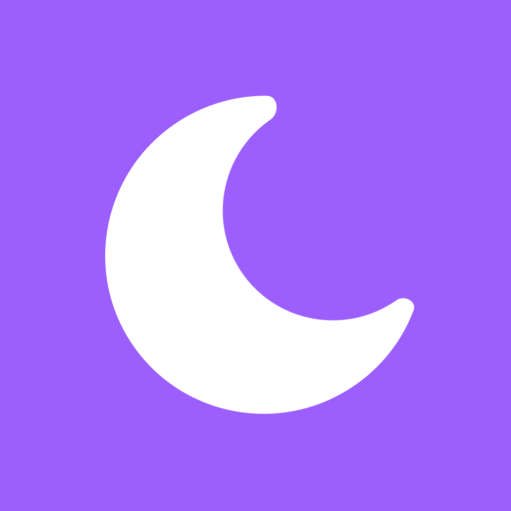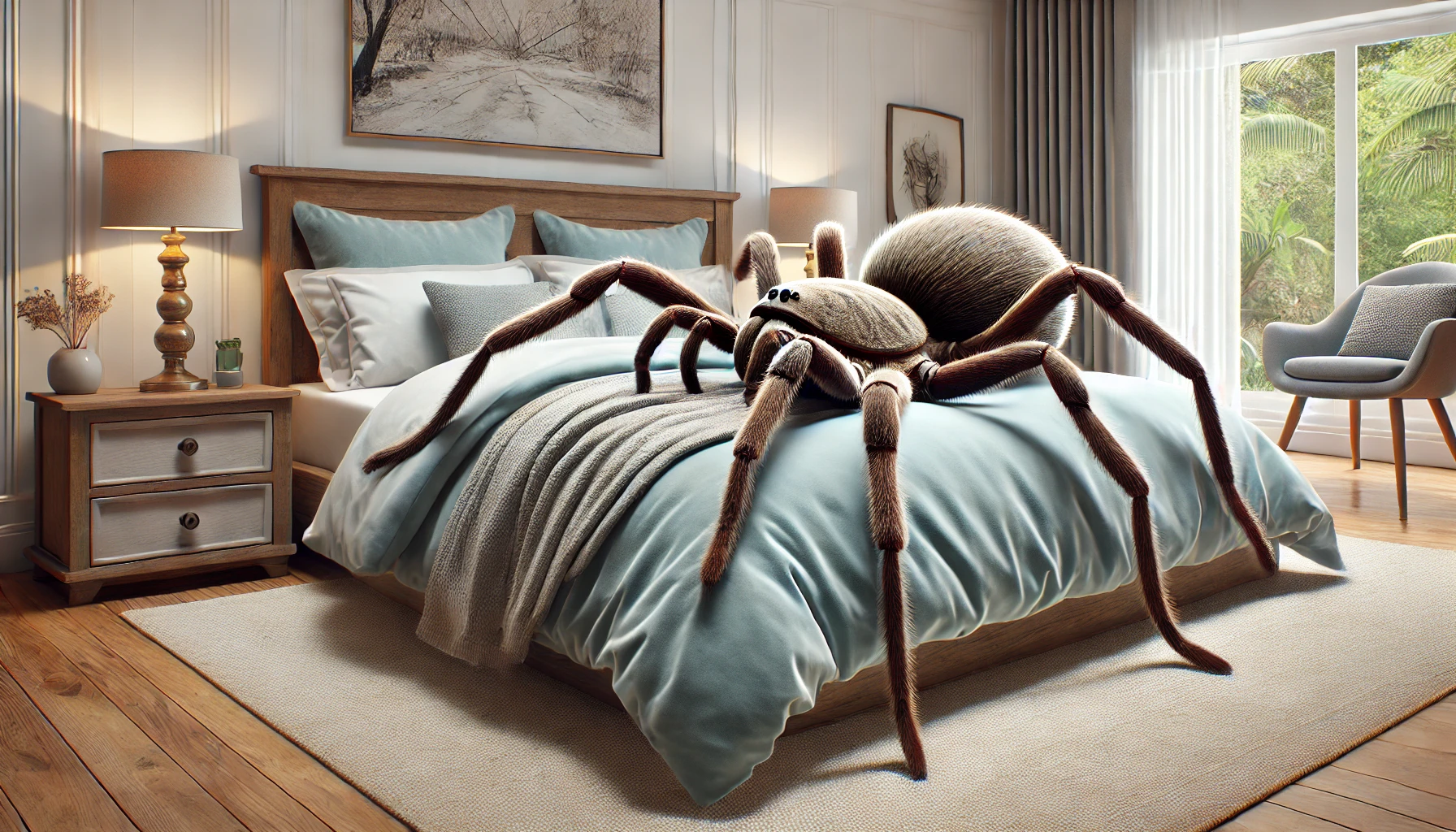Artificial light surrounds us everywhere we go. From the soft glow of street lamps filtering through the curtains at night to the bright screens we stare at before bed, our modern world is awash with man-made illumination. While this technological convenience is often taken for granted, there is an unfolding conversation among scientists and sleep experts about the unintended effects of nighttime lighting on our dreams. Are we compromising our ability to drift into restorative slumber and experience the full richness of our dream life?
Below, we delve into the hidden ways artificial light influences our bodies, disrupts the production of crucial sleep hormones, and ultimately shapes the landscape of our dreams. If you have ever wondered why your nights feel fractured or your dreams remain elusive, the answers may be quietly glowing all around you.
The Quiet Revolution of Artificial Light
For most of human history, day and night were dictated by the natural light cycle. People awoke at sunrise, spent their day in bright daylight, and fell asleep soon after dusk. With the invention and widespread adoption of electric lights, nighttime darkness changed forever. Urban centers gleam with neon signs, streetlights, and illuminated buildings. Indoor lighting remains bright in our homes long after the sun has set. These modern conveniences have enabled longer work hours and increased productivity, but they have also launched a profound shift in how our bodies understand when it is time to sleep.
Our brains maintain a delicate internal clock known as the circadian rhythm. This clock relies on environmental cues—particularly light and darkness—to regulate physical, mental, and behavioral changes throughout the day. When artificial lighting blurs the boundary between day and night, it can trick our brains into thinking it is still daytime, creating havoc for our natural sleep-wake cycle.
How Light Shapes Our Sleep Hormones
A key player in this process is melatonin, sometimes referred to as the “sleep hormone.” Melatonin production typically rises in response to dimming light at night, helping us feel sleepy. When the sun goes down, receptors in our eyes relay this information to the brain, signaling that bedtime is near. Under normal conditions, melatonin continues to rise throughout the night, reaching peak levels that support deeper stages of sleep.
However, the presence of artificial light, especially during the late evening, disrupts these signals. Bright lighting or screen exposure suppresses melatonin secretion, postponing the natural onset of sleep. When melatonin is reduced or delayed, our sleep cycle loses its natural rhythm. In turn, we often struggle to reach the full spectrum of sleep stages, particularly the rapid eye movement (REM) phase that is essential for dream vividness and emotional processing.
Blue Light and Brain Chemistry
Not all types of light have the same effect on our sleep and dreams. Many devices—smartphones, tablets, laptops, and even energy-efficient light bulbs—emit a higher concentration of blue light. This specific wavelength of light is notorious for impeding melatonin production. Our eyes are especially sensitive to blue light because it closely mimics daylight, which the brain interprets as a signal to stay awake and alert.
The more time we spend scrolling through social media or watching videos under bright, blue light close to bedtime, the more our circadian rhythm shifts away from its natural progression. When our bodies fail to slip seamlessly into deeper sleep stages, we may find that our dreams become fragmented or we fail to remember them at all. Dreams serve as a window into our subconscious, playing a vital role in memory consolidation, emotional regulation, and creativity. By consistently interfering with melatonin release through artificial lighting, we potentially lose out on these cognitive benefits.
Nightly Routines and Dream Disruptions
In the era of 24/7 connectivity, the bedroom has become an extension of our social and professional lives. Many people use the hour before sleep to catch up on work emails, check the news, or unwind with a favorite TV show. This habit not only keeps our brains mentally alert but also floods our eyes with stimulating light. As a result, it becomes increasingly difficult to slip into restorative, dream-rich slumber.
When we do manage to fall asleep, the delayed release of melatonin and the disruption to our natural rhythms can reduce the amount of REM sleep we experience. Since dreams often occur during REM, a shorter or interrupted REM phase means we either dream less, have more fragmented dreams, or simply fail to recall them come morning. Over time, reduced dream frequency can impact our emotional health and stress management.
Additionally, certain types of artificial light can increase nighttime wakefulness without us even realizing it. Streetlights or a glaring digital clock can briefly awaken us throughout the night. Although these micro-awakenings might be too short to remember, they can fragment our sleep cycle, cutting into precious moments when dreams blossom. The net effect is waking up exhausted, less able to harness the creative and psychological advantages that a rich dream life provides.
Tips for a Healthier Nighttime Environment
There is no doubt that the modern world demands a certain level of nighttime illumination. Still, small changes can go a long way in safeguarding your sleep hormones and dream quality:
Embrace a dimmer evening atmosphere
Try lowering overhead lights or switching to lamps with warmer bulbs once the sun sets. This sends a subtle signal to your brain that nighttime is approaching.
Avoid screens before bed
Consider implementing a “screen-free hour” before lights out. If this is not possible, use blue-light filtering apps or night mode features on your devices.
Use blackout curtains
Blocking out external light—especially if you live in an urban area—can help maintain a consistent sleep environment throughout the night.
Try strategic use of red or warm-toned lights
Red-toned lighting has a minimal impact on melatonin production. If you need a light source for reading or moving around at night, opt for something gentle and warm rather than harsh white or blue lights.
Introduce evening routines that calm the mind
Activities like gentle yoga, reading (with a warm-toned lamp), or listening to soothing music can help ease you into a sleep-ready state.
Reduce bedroom electronics
Keeping smartphones, TVs, and computers out of the bedroom ensures that this space remains a haven dedicated to rest and dreams.
Redefining Our Relationship with Artificial Light
Artificial lighting has revolutionized human civilization. It extends our productive hours and brings comfort and safety to our homes and streets. Yet, as our understanding of sleep science evolves, it becomes clear that unbridled exposure to artificial light has downsides. We need not return to the days of candlelit evenings, but it is worth considering how even a small shift—such as dimming lights after dinner—can preserve the delicate chemistry that underpins our sleep.
When our internal clocks are left to operate in harmony with natural cues, we fall asleep more easily and enjoy a more robust REM phase. Dreams then become not merely a hazy recollection of random images, but a vital part of our mental health toolbox. As we dream, we process emotions, reinforce memories, and spark creative ideas. By protecting our sleep environment from excessive artificial light, we maintain this valuable nighttime resource.
A Brighter Future for Sleep and Dreams
Navigating our light-saturated world does not have to be a losing battle against insomnia and barren dreamscapes. Instead, it can serve as an opportunity to be more mindful. Acknowledge the unique power artificial light holds over your biology and take steps to channel it more responsibly. By limiting bright or blue light exposure before bed, prioritizing warm hues in your living spaces, and crafting a consistent evening routine, you invite the gentle rise of melatonin and ensure a smoother transition into deeper sleep stages.
When we sleep in alignment with our natural rhythms, the dream world opens up in full color. This dreaming state is not merely a leisure activity for the subconscious mind; it is a vital part of being human. Through dreams, we practice problem-solving, reduce stress, and cultivate creative thinking. By taking simple steps to minimize the intrusion of artificial light, we can embrace the depths of our dreams and wake refreshed, ready to face the world with renewed insight and vitality.
Ultimately, the conversation about artificial light and dreams is a call to balance. Technology offers immense benefits, but our bodies have evolved to rely on the subtle cues of day and night. By paying closer attention to how we illuminate our evenings, we preserve the natural processes that keep our minds and bodies healthy, creative, and resilient. In doing so, we honor the mysterious, wondrous realm of dreams—protecting a source of insight and inspiration as ancient as humanity itself.






